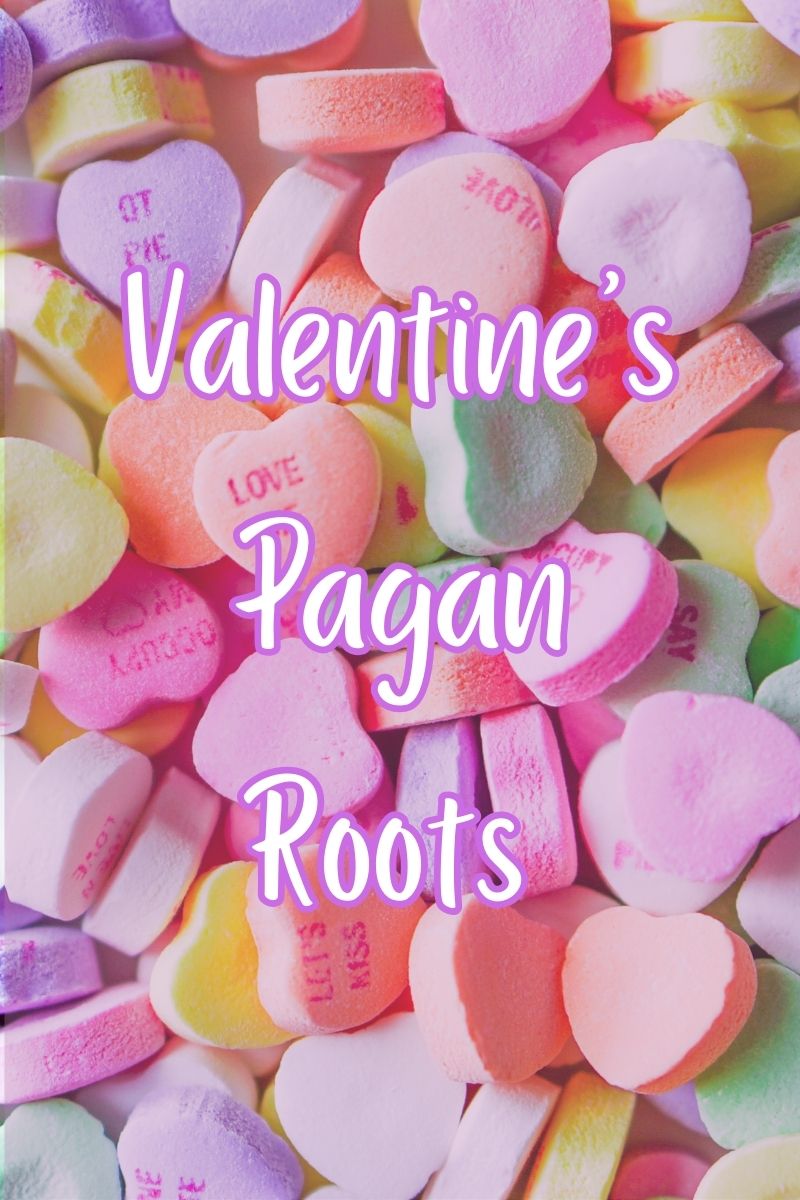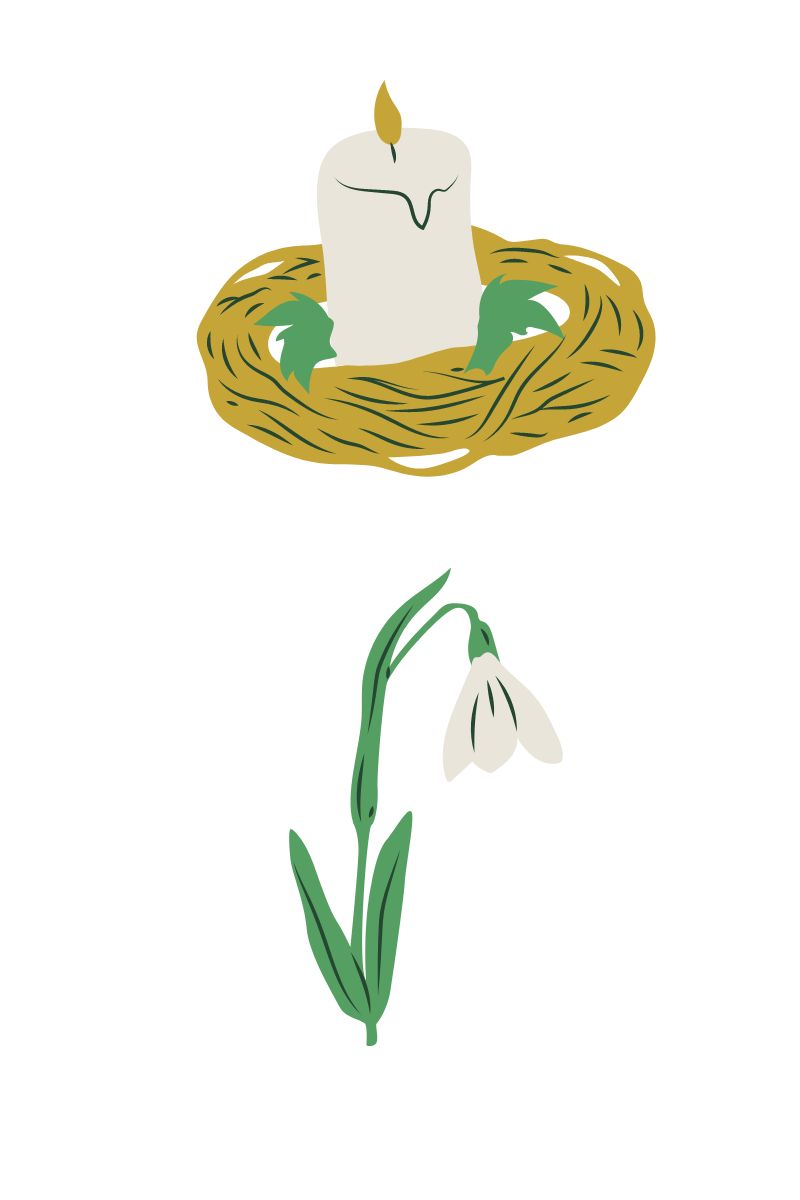
The Pagan Roots of Valentine’s Day
Imbolc, Lupercalia & Saint Valentine
BY TINA CAPRICORN
Love it or hate it, the commercialized Valentine’s Day on February 14th has origins deeper than candy hearts. Long before the Catholic church was ever established, Feb 1-Feb 15th had significance to the ancient Celts and the ancient Romans.
Imbolc
Typically celebrated February 1st-February 2nd this Celtic pagan sabbat marks the midway point between the Winter Solstice and the Spring Equinox. For the ancient Celts Imbolc denoted the first stirrings of spring, pregnant ewes coming into their milk, and a return of the longer days. Imbolc is also strongly associated with the goddess Brigit—later Sainted by the Catholic church. Brigit or Brigid, is the goddess of fire and flame, the hearth, fertility, childbirth, poetry. At Imbolc Brigit travels the world with her cow. She visits homes with an offering of oats and milk, as well as a “Brids bed” or miniature bed in a freshly cleaned hearth.
Lupercalia
On February 13th-15th, whenever the last full moon of the Roman year occured ancient Romans celebrated Lupercalia. This festival of purification and fertility celebrated the gods Faunus and Juno. Lupercan priests would gather at the cave at the bottom of the Palatine Hill and perform animal sacrifices, honoring the gods. The bloodied knife was dipped in milk at the end of the ceremony. Some historians theorize this could be the early origins of the association of red, white and pink with Valentine’s Day. The festival was also known for its feasting and fertility rights that included strips of hide from sacrificed animals whipping willing bystanders who hoped for its blessings.
Valentine’s Day
In the 5th century AD Pope Gelasius I banned Lupercalia. In 496 AD the Catholic Church declared February 14th a ritual feasting day for the martyred Saint Valentine. Ironically, it is purported that Saint Valentine was martyred by Emperor Callous II during the festival of Lupercalia. Despite the day being named after this unfortunate saint, modern day Valentine’s is not known as a warning of the excesses of pagan celebrations of love and love making. Instead, modern Valentine’s Day has become similar to the original pagan intent of this holiday—a celebration of love, fertility and the return of spring.


